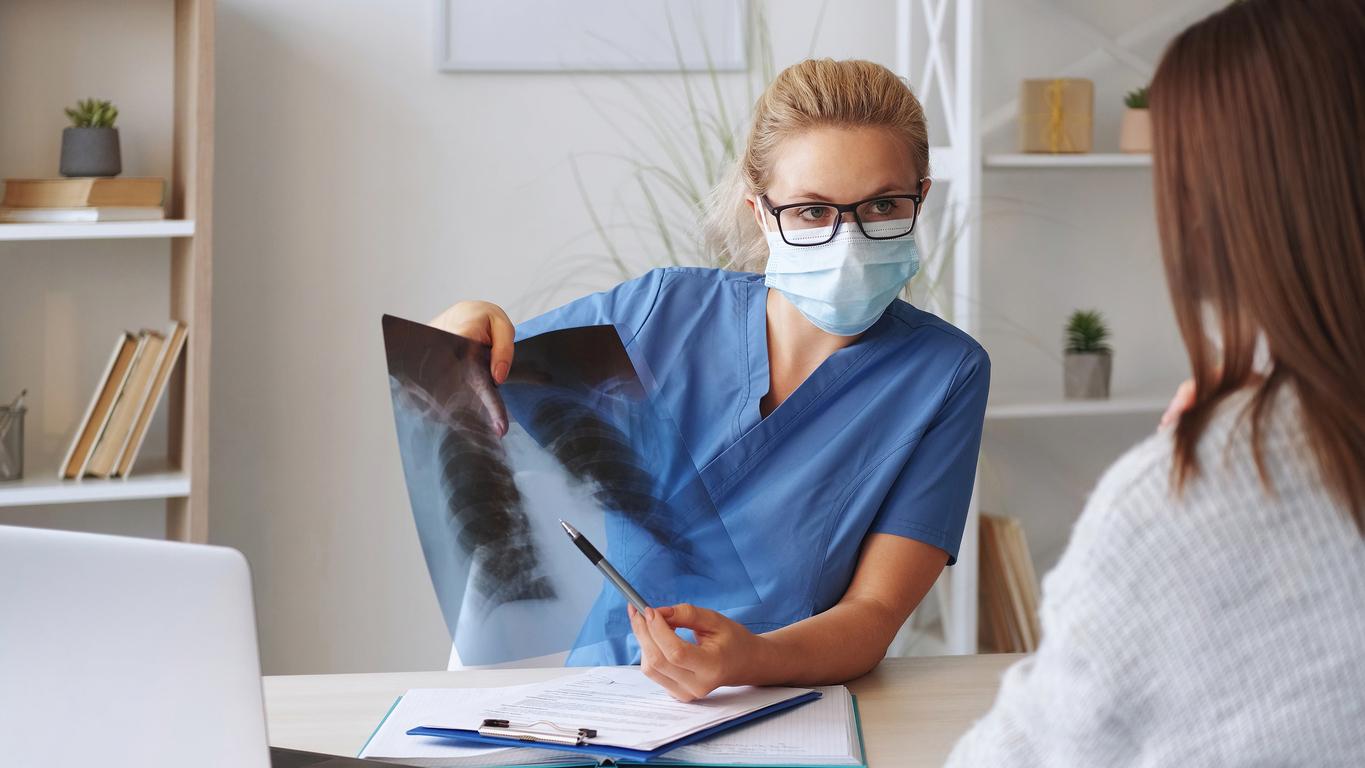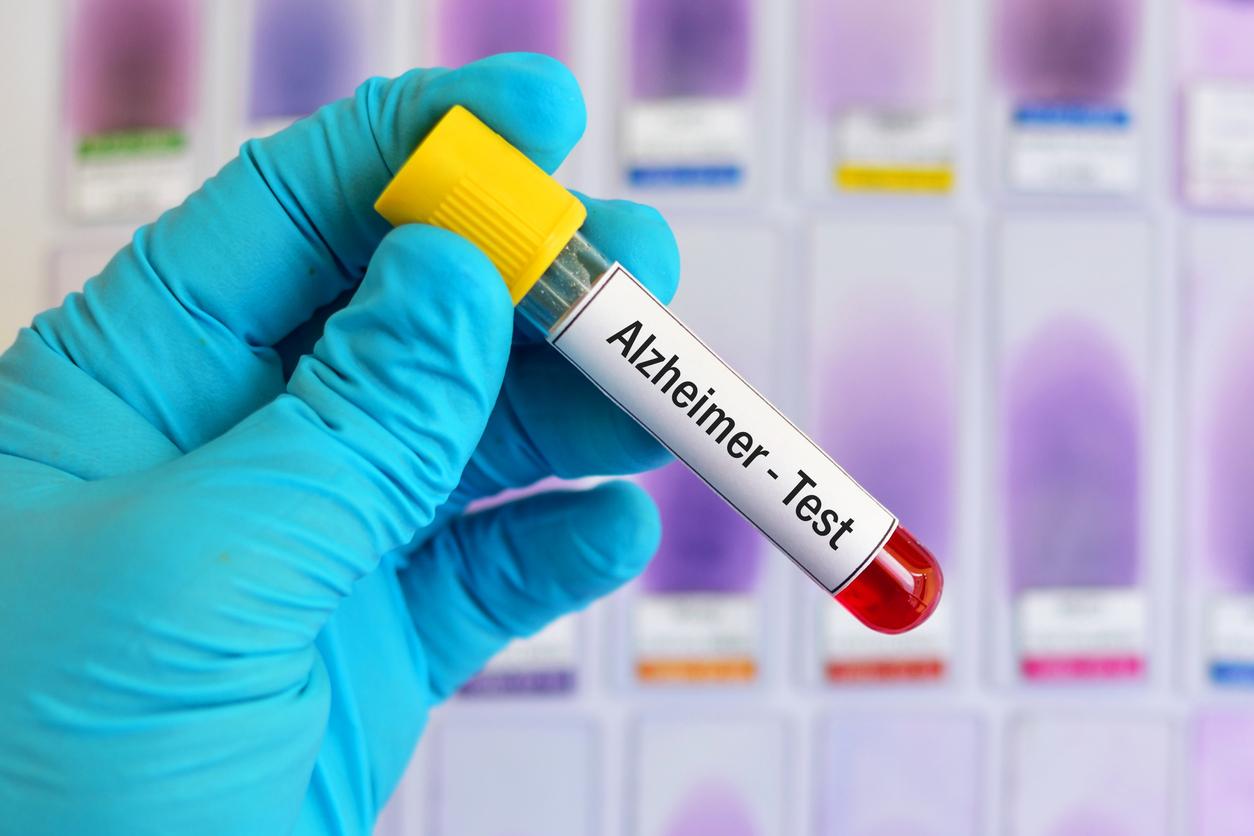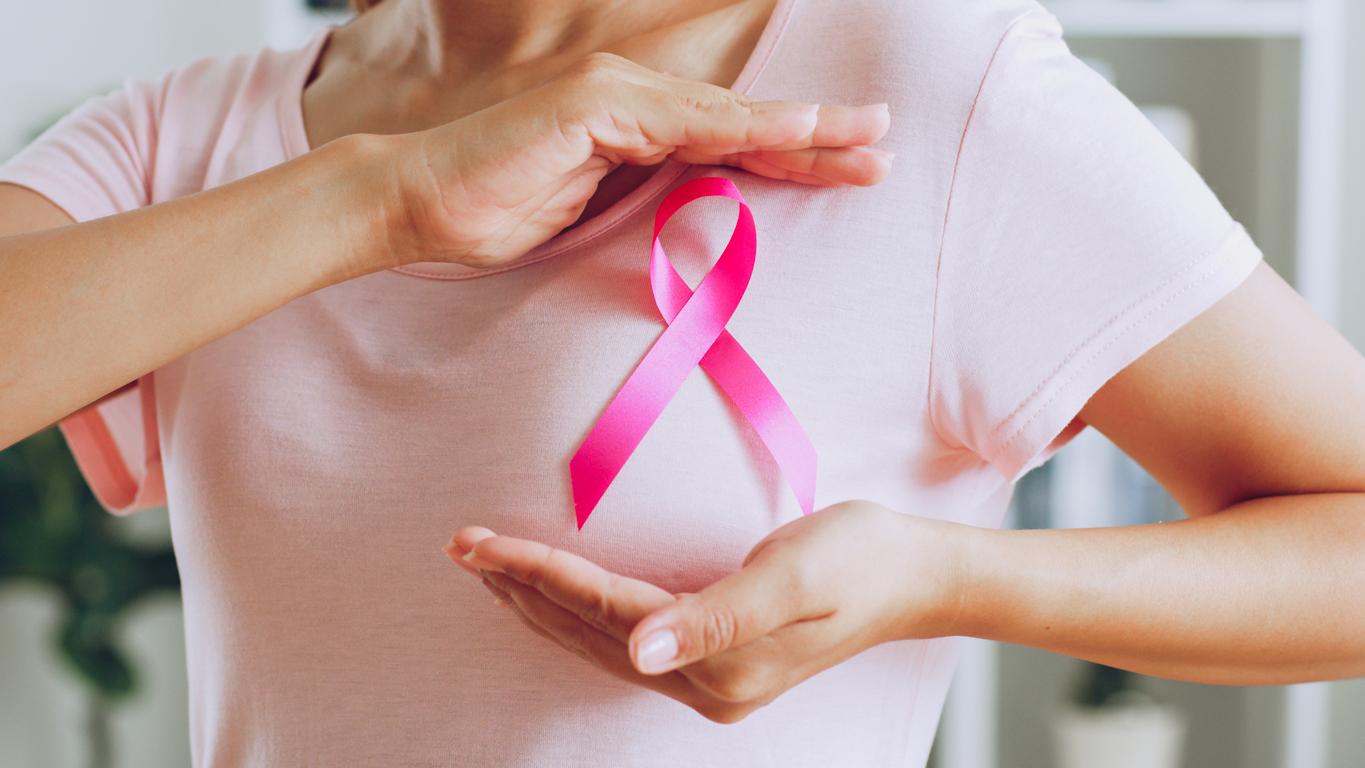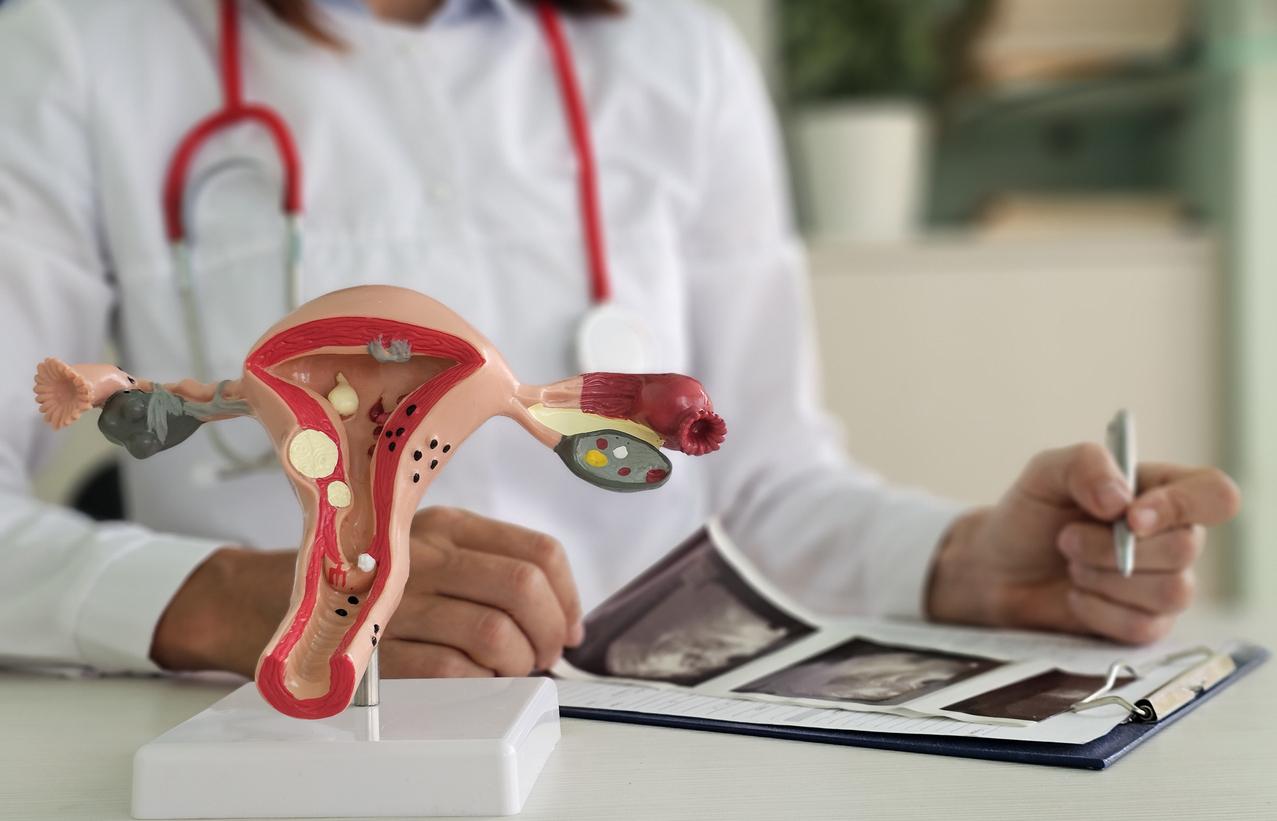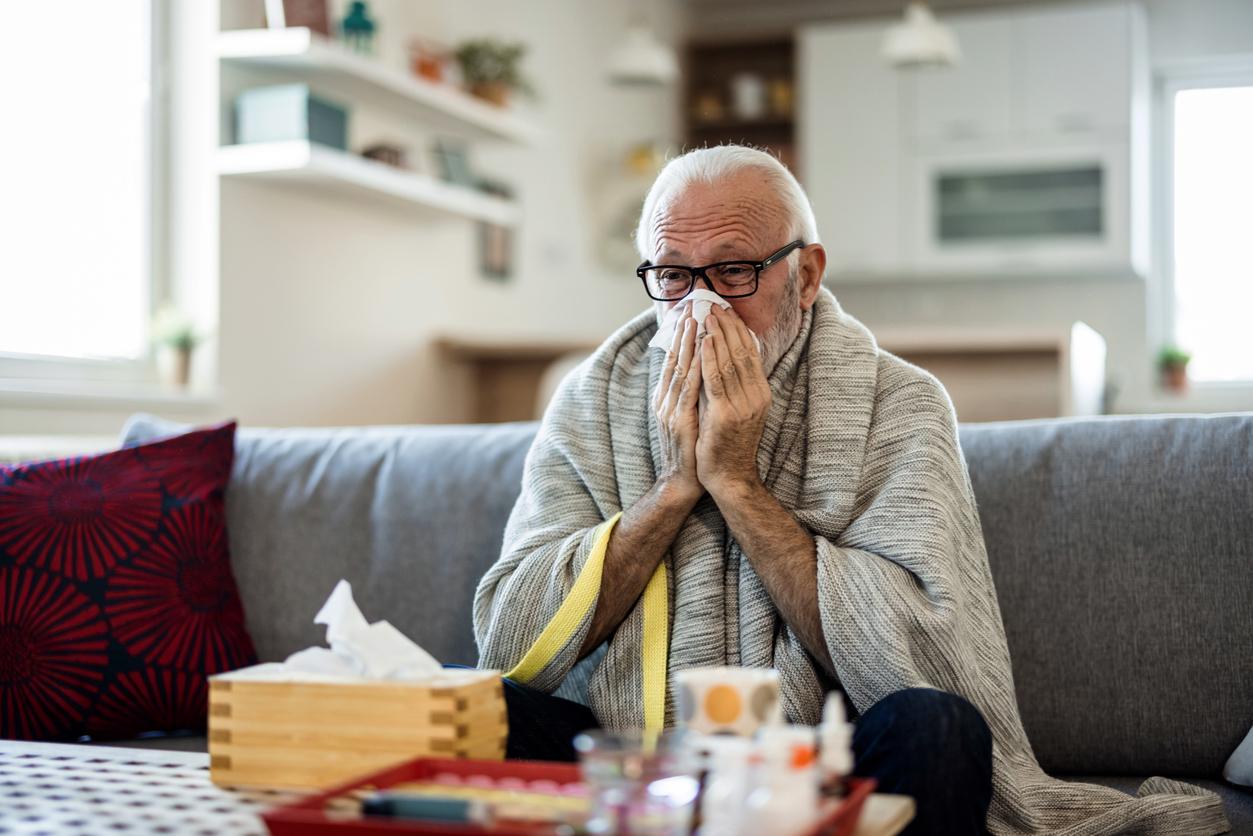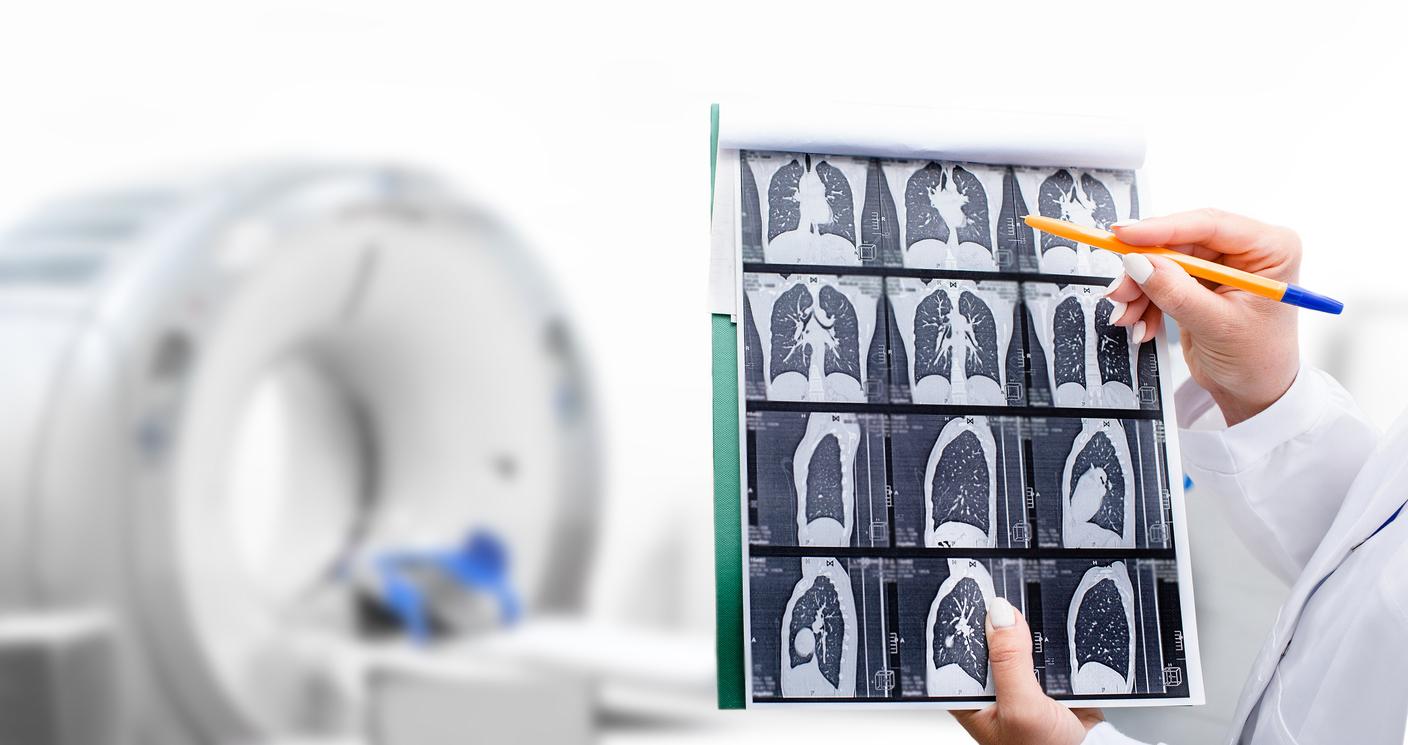A woman fitted with a tracheostomy tube for an operation found herself with a swab stuck in a pulmonary bronchus after being tested for Covid-19.
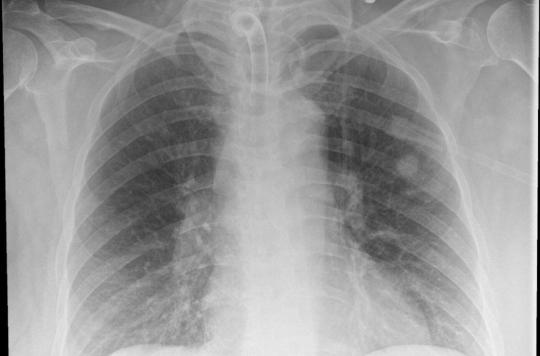
- The woman, who had a catheter in her throat to breathe, was the victim of human error during the drug test.
- Although this case is rare, it is nevertheless indicative of the precautions to be taken when carrying out screening tests for Covid-19 on patients who have undergone a tracheostomy or a laryngectomy.
As unpleasant or even painful as they are, PCR tests are usually harmless to health.
At least that’s what we thought before the case of this woman was mentioned in the BMJ Case Reports. The 51-year-old patient was hospitalized in the UK for brain surgery. As part of the procedure, she needed a tracheostomy tube to breathe. An incision was thus made in the throat to insert a catheter into the trachea. Before she was transferred to a convalescent home, the medical team tested her for Covid-19.
The swab broke in two
A nurse then attempted to pass a swab through her tracheostomy tube. However, during the maneuver, the swab broke in two. The patient’s condition then suddenly became unstable and her oxygen saturation level dropped before returning to normal.
To locate the piece of swab, a CT scan was performed which initially showed nothing abnormal. A new scan then showed signs of inflammation in one lung, as well as a narrowing of the airways.
An endoscopy was needed to remove the object, which had become lodged in the lobar bronchus, the first subdivision of the main bronchi inside the lungs. The swab was successfully removed.
Raising awareness among health professionals
Although this case remains extremely rare, it is however likely to recur in patients who have had a tracheostomy. Also, the authors of the article hope to raise awareness among health professionals, especially since they believe that concerns about the risk of contamination by Covid-19 can increase the probability of human error.
“Patients with an airway in the front of the neck, either in the form of a laryngectomy or tracheostomy, present a challenge in terms of screening for SARS-CoV-2, they explain. There is a need for clear guidance on how to screen for SARS-CoV-2 in patients whose airways are located at the front of the throat. This will depend on two main factors. First, how the front airway of the neck affects the biodistribution of SARS-CoV-2 in the mucosa of the oropharynx and nasopharynx and second, understanding the risk of increased aerosolization associated with collecting any specimen from a tracheostomy site .”
.







